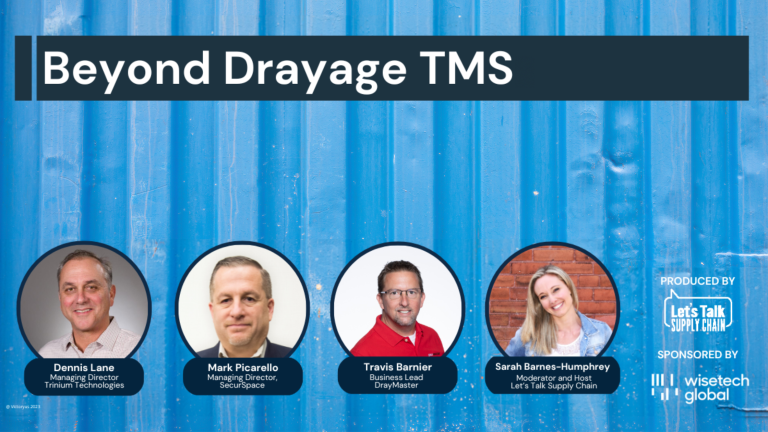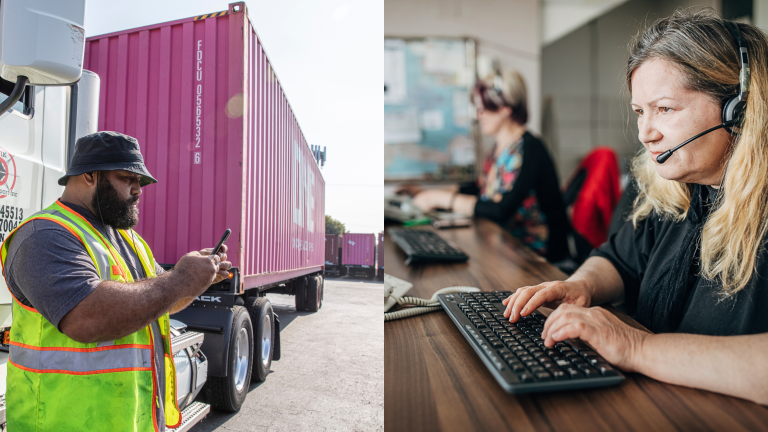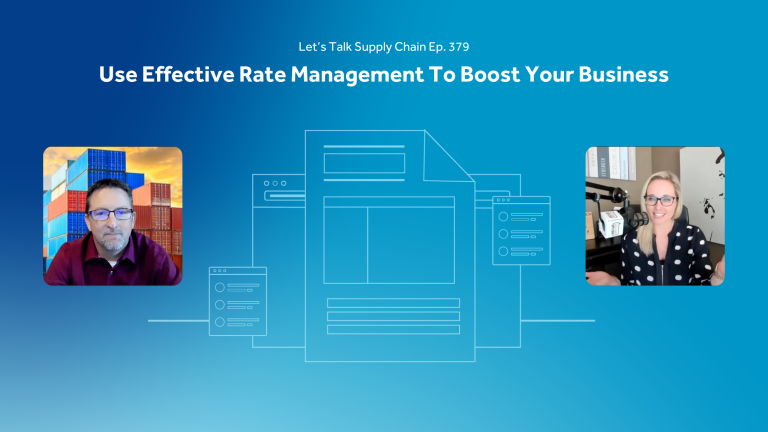If you’re a small to mid-sized transportation company that’s lost business because some larger shippers require you to support EDI Document exchange, the Tailwind and Kleinschmidt partnership may be your solution.
Up-and-coming freight transportation companies using the Tailwind Unlimited TMS can now seamlessly exchange digital freight documents with their customers and shippers directly within the TMS platform. The Tailwind and Kleinschmidt integration supports you with streamlined workflows, automated data exchange, and reduced data entry.
Learn how Tailwind, now with Kleinschmidt EDI capabilities can open new business opportunities for you:
EDI in the Logistics Industry
Are you looking to grow your business and target new markets? Custom EDI integration solutions help companies to communicate, collaborate and exchange business data with their trading partner.
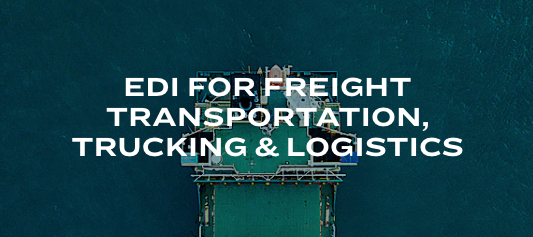
A full-service EDI network and custom integration company like Kleinschmidt helps software companies integrate EDI functionality into their applications and platform. Carriers and businesses can easily meet the data requirements of their customers, gain new business, and focus on higher-value activities instead of maintaining in-house EDI software.
What Is EDI?
EDI is short for Electronic Data Interchange – which in its simplest form means that rather than businesses exchanging paper-based documents, it’s done via a standard electronic format instead.
The benefits of EDI include: reduced costs, reduced data entry errors, increased processing speed and improved relationships with business partners. In motor transportation, there are a specific set of EDI documents that are typically exchanged between the shipper and carrier. Those documents are:
- 204 – Load Tenders
- 990 – Tender Acceptance/Rejection
- 214 – Shipment Status updates
- 210 – Invoices
Traditional Shipment Process vs EDI shipment Process
With the traditional shipment process, a shipper sends a load tender via fax or email that must be manually entered into the TMS or dispatch system. This method is often no longer supported by many large shippers, and it lacks support for timely responses, shipment updates or spot loads. Once the load is moving, shipment status updates are required. This is done through check calls, which are time consuming and don’t often provide accurate location data. After delivery, the load must be invoiced via paper. It’s an inefficient process, it’s not supported by many large shippers, and most importantly: it takes a long time to get paid.
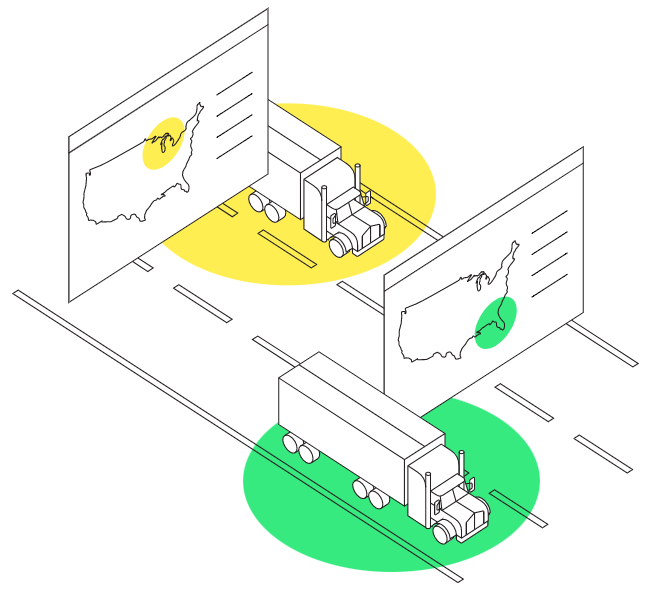
However with an EDI shipment process, new loads are automatically populated. It’s simple with one click acceptance or reject. The EDI shipment process eliminates data entry without disrupting existing processes. It meets shipper requirements for status updates and any required location or delivery data. EDI can be submitted to shippers or third parties immediately after delivery. This will eliminate processing time and help you get paid faster!
Kleinschmidt Onboarding
It’s easy to get started. Once you’ve decided to move forward with implementing EDI, Tailwind will put you in touch with Kleinschmidt. A dedicated sales rep will be assigned to you to guide you through the pricing and setup process. The transportation team will work hand in hand with you to gather the EDI requirements of your customer or trading partner and guide you through the testing process. Kleinschmidt handles all the necessary development and programming work.
Once the testing process is complete and your partner gives the green light, the EDI component of Tailwind will become active, and you can start receiving EDI loads. Kleinschmidt provides complimentary 24/7/365 customer support at no charge, and a dedicated team with decades of experience to rely on as you continue to add more new trading partners.
Tailwind and Kleinschmidt Integration
Often your trading partners will want to receive shipment status updates from you. With the Kleinschmidt integration, this is built right into your normal dispatching workflow. No additional steps are required by your dispatching team, their jobs will be made easier as they will not need to provide manual status updates over the phone or email, it’s all automatically triggered.
Again, Tailwind has made it as seamless as possible so that you do not have to do anything different than what you’ve already been doing! Interested in learning more about how to leverage Kleinschmidt’s decades of experience in the transportation industry? Watch the webinar: Using Klenschmidt EDI in the Tailwind TMS

